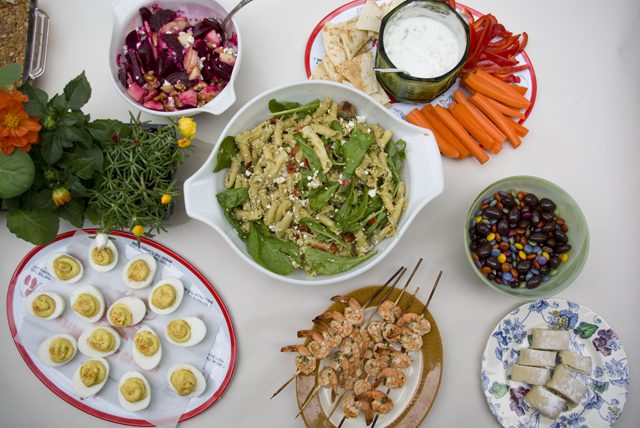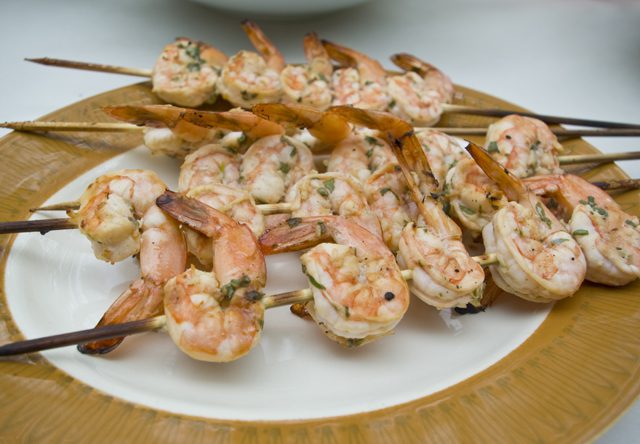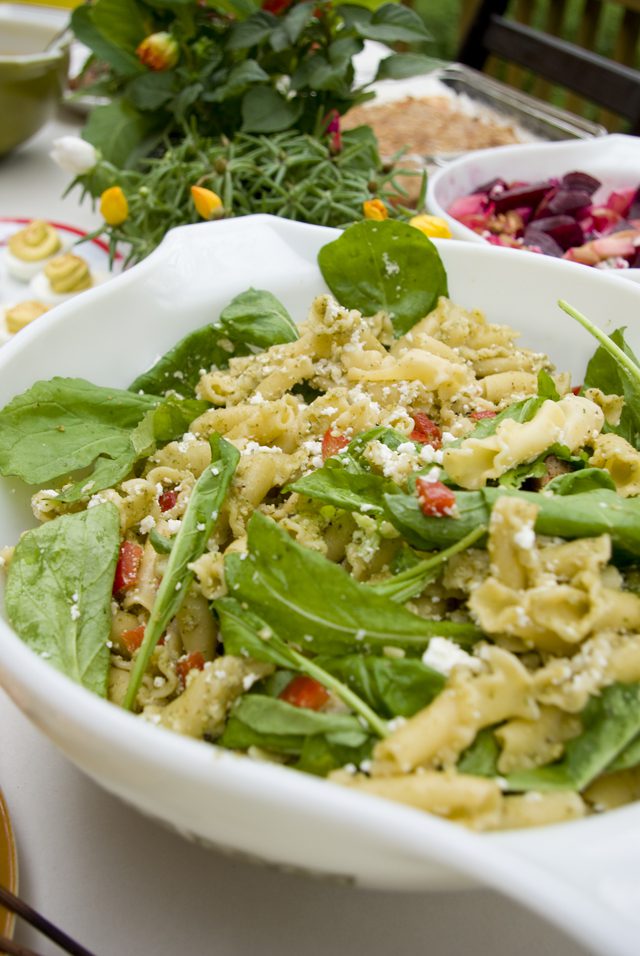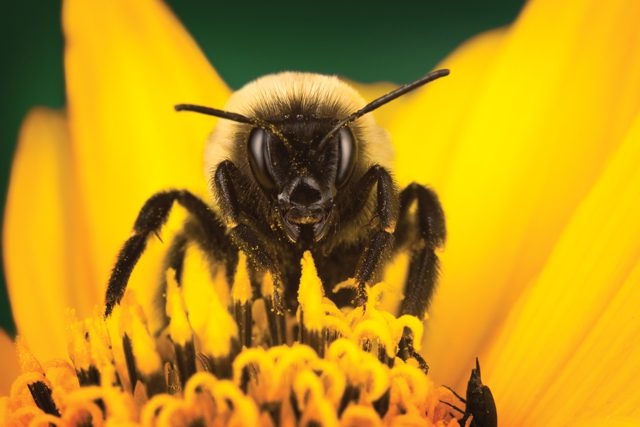(And other holometabolic insects…)
Beautiful photos by Joyce Meyer Photography!
By Aryn Henning Nichols • Originally published in the Spring 2014 Inspire(d)
Many of you know the story: the one about the caterpillar that’s hungry. Very hungry. He eats and eats and eats. And he is STILL hungry. And then he becomes a butterfly! (Sigh. If only that would happen to humans…)
But HOW does that chubby little guy turn into a beautiful butterfly?
Let’s learn! There are four stages of a butterfly’s life: egg, larva, pupa, and adult. (1)
In the first stage, the mama butterfly lays a very small, round or oval egg (appearance depends on the type of butterfly). She picks a very specific leaf that she knows her little babe will eat once it’s hatched a few days later. If you look closely enough at the egg, you might even be able to see the tiny caterpillar growing inside! (1)
Once hatched, the egg has progressed to stage two: the caterpillar, or larva. This is the part where the gluttony begins (although, unlike the book, caterpillars don’t generally eat pickles and salami and ice cream…). The caterpillar behaves like a free-living, eating, growing-but-developmentally repressed embryo. (2)
During the few days or weeks that it is active, it will devour its favorite plant to the tune of its own weight many times over. (2) They stuff their faces so they can grow quickly. And grow they do! Their exoskeleton (skin) doesn’t stretch or grow though, so they “molt” (shedding the outgrown skin) several times during this stage. (1)
Once the caterpillar has reached critical mass, it’s ready to move on to stage three: The pupa or chrysalis. That hungry caterpillar finally gets full, and finds a comfy place to molt into a shiny chrysalis. That’s where the magic happens. Within its protective casing, the caterpillar radically transforms its body.?But be prepared – magic isn’t always pretty!
First, the caterpillar digests itself, releasing enzymes to dissolve all of its tissues. It basically becomes a nutrient-rich soup, feeding the imaginal discs. These highly organized groups of cells survive the digestive process – they’ve been a part of the caterpillar it’s entire life. Before hatching, when a caterpillar is still developing inside its egg, it grows an imaginal disc for each of the adult body parts it will need – discs for its eyes, wings, legs, and so on. In some species, these imaginal discs are dormant; in other species, the discs begin to take the shape of adult body parts before the caterpillar forms a chrysalis – some caterpillars walk around with tiny rudimentary wings tucked inside their bodies.?Inside the chrysalis, once all of the tissues are digested, those discs use the protein-rich “soup” to fuel the rapid cell division required to form the butterfly body parts. One disc could begin with only 50 cells and increase to more than 50,000 cells by the end of metamorphosis. (3)
This type of metamophosis is called holometaboly – a full change – and is the complete – and often dramatic – change from a worm-like larva to a large-winged adult. It’s a highly sophisticated chemical suppression of developmental processes. Though only 9 of 26 insect orders are holometabolic, this accounts for 80 percent of all insects (butterflies, beetles, moths, flies, bees, wasps and ants are majority stakeholders).(2)
Once metamorphosis is complete, the caterpillar is ready to emerge in its final, adult stage: the butterfly. When it first comes out, both wings are soft and folded against its body. It rests a bit, then pumps blood into the wings in order to get them working and flapping. They’re ready to fly just a few short hours after cracking out of the chrysalis and head off in search of a mate in order to continue the cycle!
————————————–
Aryn Henning Nichols repeatedly said, “Whoa” while writing this Science, You’re Super. Butterflies! They’re crazy amazing!
- http://www.thebutterflysite.com/life-cycle.shtml
- http://www.discoverwildlife.com/british-wildlife/how-does-caterpillar-turn-butterfly
- http://www.scientificamerican.com/article/caterpillar-butterfly-metamorphosis-explainer/













